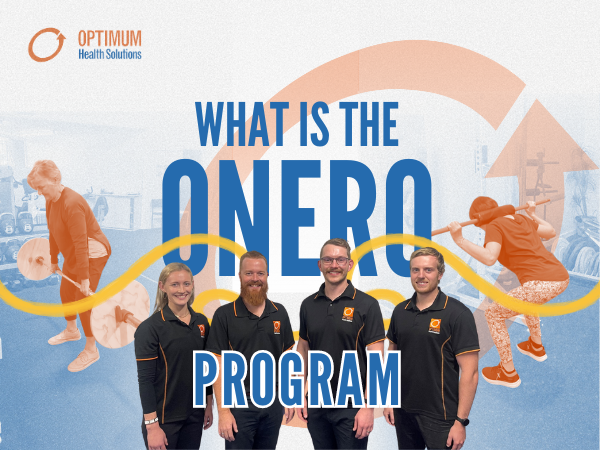What is Morton’s Neuroma?
Morton’s Neuroma is a common pathology affecting the forefoot. It is not a true neuroma but is fibrosis of the digital nerve. This is caused secondary to pressure or repetitive irritation due to poor footwear structure such as tight toe box, high heels, and abnormal biomechanics such as excessive pronation or abnormal pronation. Structural abnormalities such as Hallux Abduct Valgus or clawed digits which load the Metatarsal Phalangeal Joints Causing compression and tension resulting in local enlargement of the nerve at the point where it divides into the plantar digital nerves.
Morton’s Neuroma is located in the second or third intermetatarsal space. The third intermetatarsal space is most commonly affected. This degenerate tissue, therefore, causes localised pain and discomfort mainly on weight-bearing.
Is it common?
About 1 in 3 people have Morton’s Neuroma. It occurs more in women than men due to the shape of shoe styles. Women are about 8 to 10 times more likely than men to develop Morton’s neuroma
What are common symptoms?
Tingling, burning, numbness, pain associated when wearing certain footwear such as high heels, tight shoes or restrictive footwear. It is common to feel pain relief when barefoot.
Common symptoms also include burning pain in the ball of your foot which can travel to the toes.
How to assess the issue
Palpate in between the 3rd-4th metatarsals to determine which interspace it is in – a lump or thickening will be felt by lateral squeeze test which will elicit a click or pain.
Observe patient weight-bearing for splaying of the digits caused by nerve enlargement or oedema.
Neurological sharp blunt test at the web-space of the affected digits may reveal sensory loss due to nerve damage.
Management & Treatment
- Change the style of footwear you own, try shoes with a wide toe box area. Switch to flat shoes with a cushioned sole and a slight arch to counteract pain.
- Implement Neuroma domes which are forefoot pads that are commonly used in clinical practice for the treatment of pressure-related forefoot pain and reduce compression.
- Rest the foot and modify activity. Apply ice to the area every couple of hours and seek out anti-inflammatories.
- If not improved then biomechanical assessment and prescribe cushioned for custom made orthotics with a neuroma dome to control motion that excessively loads associated MTPJs. Advice on stretching exercise. Corticosteroids or Consider surgical excision of the neuroma.








